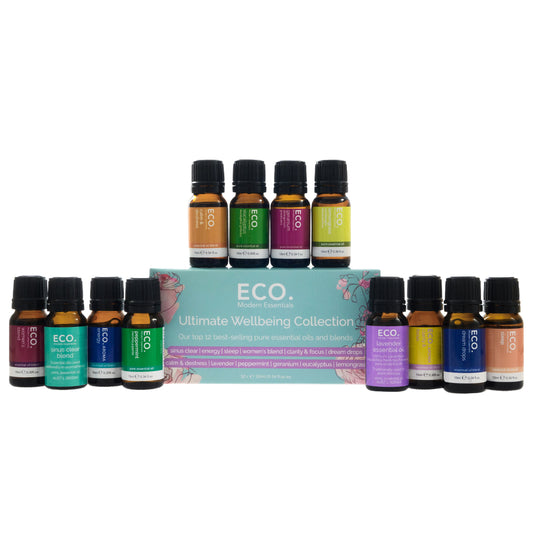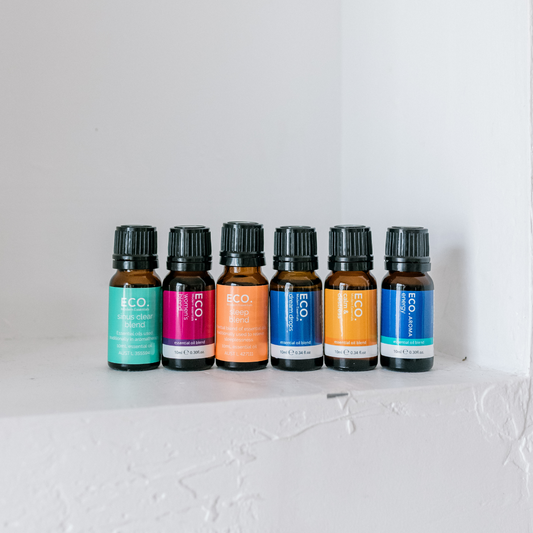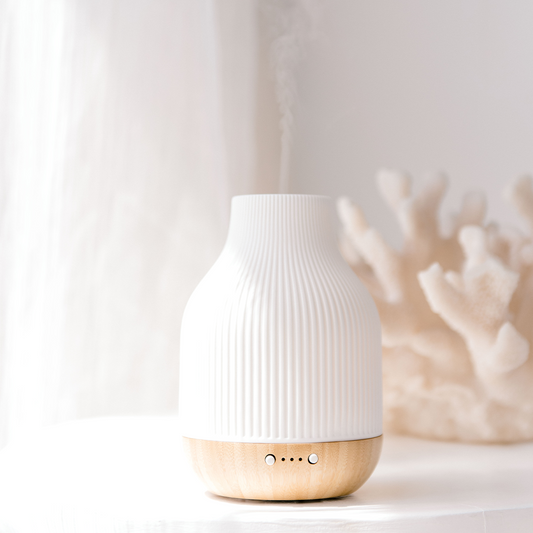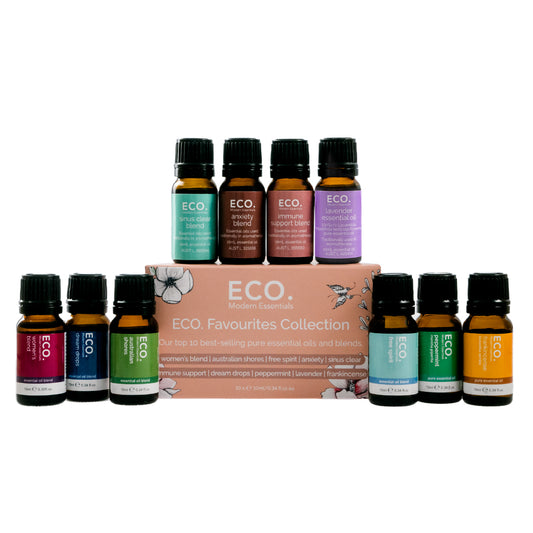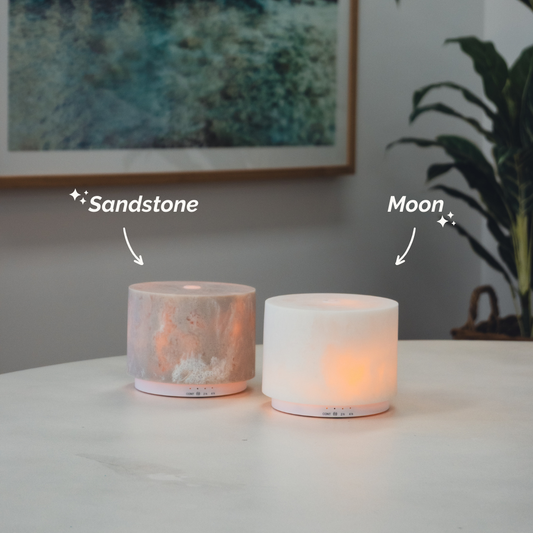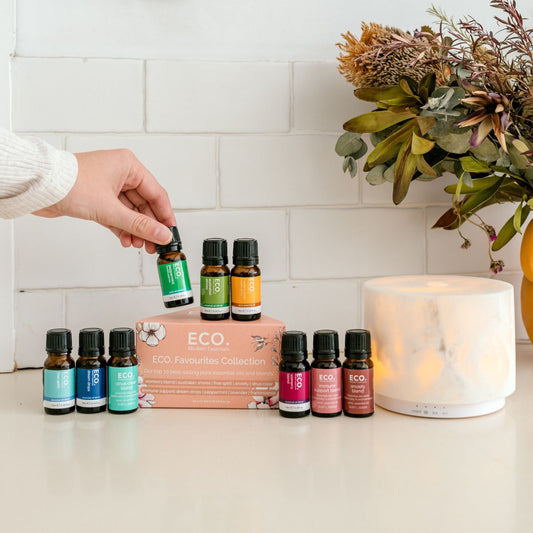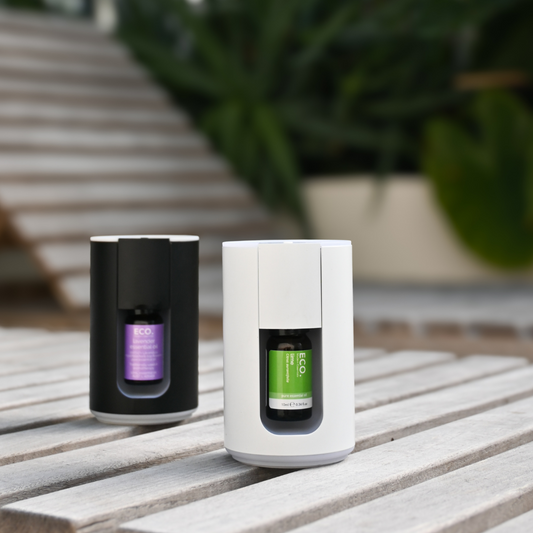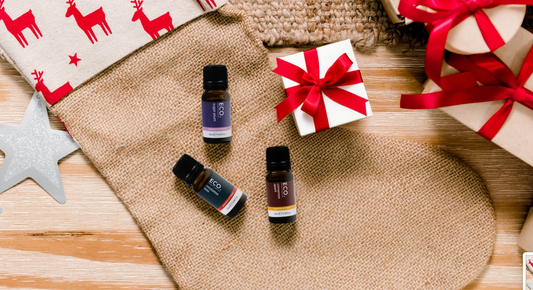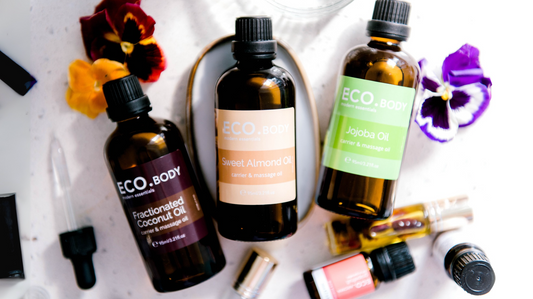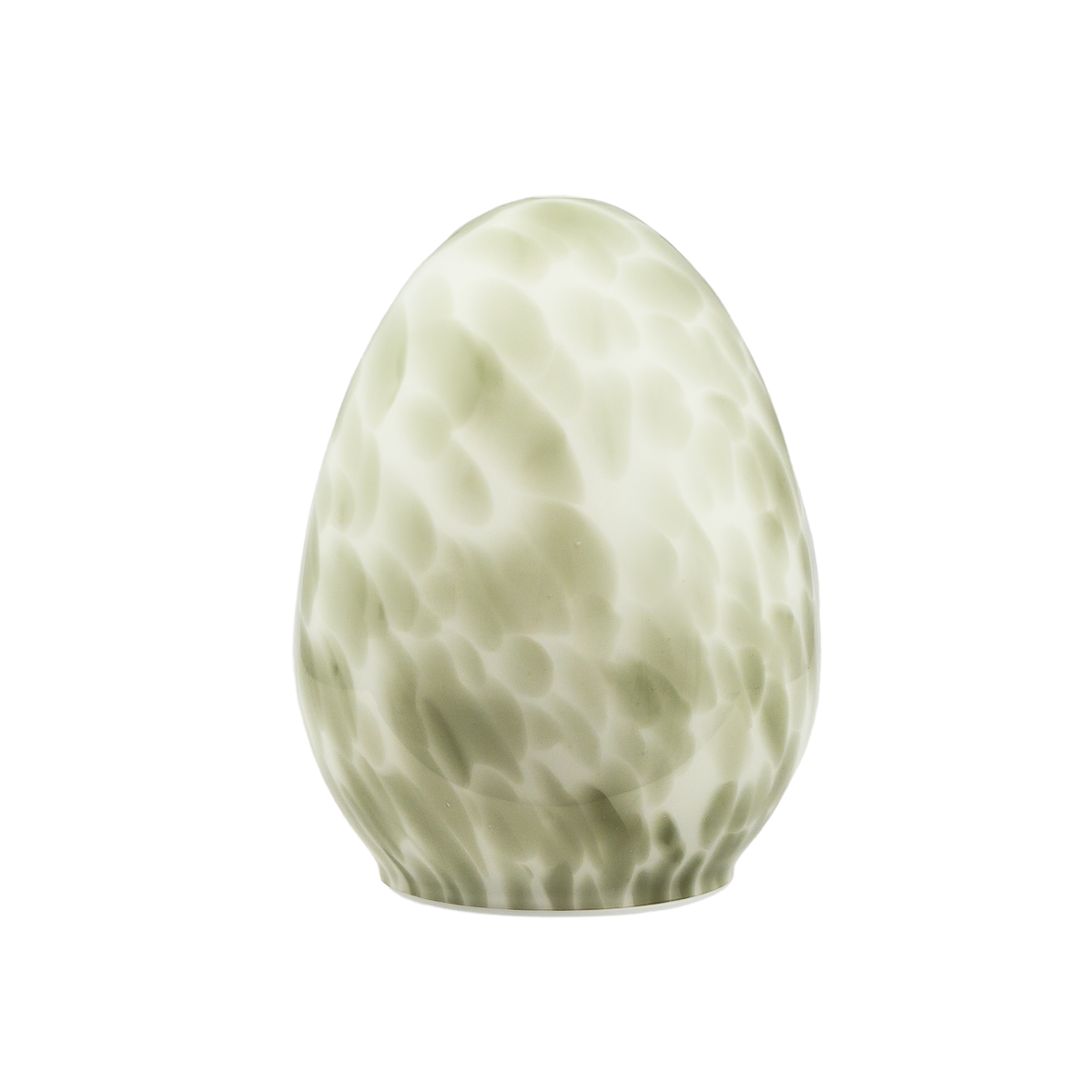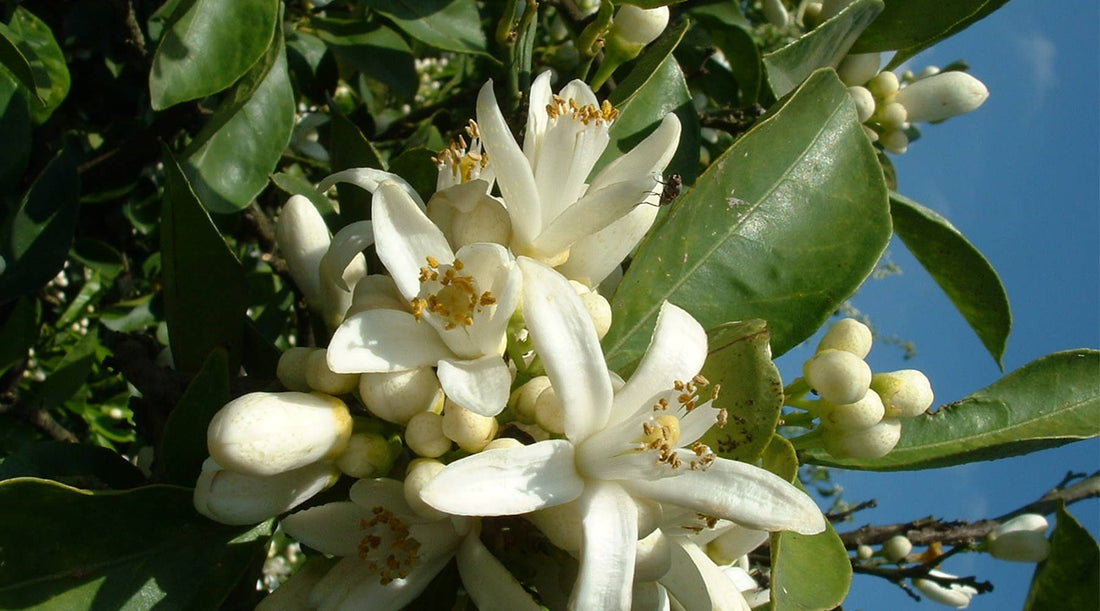
Benefits & Uses of Neroli Essential Oil
This blog aims to explore the myriad benefits and versatile uses of Neroli essential oil, while shedding light on its origins and the remarkable practices of the women-led farm that sources it. Neroli oil is renowned for its sweet, floral aroma, reminiscent of blossoming orange flowers at the peak of their bloom. Its appearance is as captivating as its scent, with a pale yellow to amber hue that glistens like liquid gold.
The magic of Neroli oil doesn't stop at its sensory appeal; it extends to the farm where it's cultivated. This special farm is tended to exclusively by a group of talented and empowered women. They utilise micro-irrigation, also known as drop-by-drop irrigation, a sustainable technique involving low-pressure pipes to efficiently deliver water directly to the roots of each plant. Notably, excess plant materials on the farm are ingeniously repurposed as mulch and compost, promoting ecological harmony. Furthermore, this farm's operation is a vital source of employment for the local community, uplifting lives, and contributing significantly to the region's prosperity. Join us in discovering the natural wonders of Neroli essential oil and the remarkable stories of this source to bottle journey.
Where is Neroli essential oil from?
Neroli,Citrus aurantium ssp amara, essential oil's origin in Morocco is a captivating tale of transformation. Nestled amidst the Moroccan landscape, what is now one of the world's largest Neroli farms was once devoted to the cultivation of hearty cereals and nourishing legumes. Today, this picturesque region has been reborn as a fragrant haven, where the sun-kissed blossoms of bitter orange trees, also known as Citrus aurantium, flourish. Morocco, with its ideal climate and rich soil, has become a veritable sanctuary for Neroli production, yielding a bounty of delicate blossoms that, through the meticulous process of steam distillation, give birth to the coveted Neroli essential oil.
How is Neroli essential oil made?
Morocco’s green belt, between Fez and Marrakech, is home to the largest bitter orange plantations. Every year the warm breezes from the Atlantic Ocean clash with the cold air from the Atlas highlands, making it impossible to predict when the first blossoms will appear. After the tree is planted, it takes at least five years before the first flowers can be harvested, and five more years to reach full productivity. With regular tending, the trees can continue bearing blossoms and fruit for more than 40 years. During April and May, as the sun rises and the warmth starts to touch the Earth, the flower pickers go over each tree four or five times, picking the blossoms as they open and leaving the buds for later. Steam distillation is a meticulous process which takes around six hours that delicately extracts the aromatic essence of Neroli flowers. First, fresh Neroli blossoms are placed in a specialised flask, where they are gently bathed in water vapour generated by boiling water beneath them. As the steam rises through the flowers, it carries with it the volatile compounds responsible for Neroli's captivating scent. This steam laden with aromatic molecules then journeys through a cooling system, condensing back into a fragrant liquid. The resulting mixture, known as a hydrosol, contains both the prized Neroli essential oil and water, and they are separated, yielding the pure and precious Neroli essential oil, a fragrant elixir coveted for its soothing and enchanting qualities in perfumery and aromatherapy alike.
What does Neroli look like?
Every part of this marvelous tree is a source of aromatic pleasure: its flowers, leaves, fruit and zest. A hardy, robust plant, the bitter orange tree, Citrus aurantium var. amara, offers an extraordinary abundance of riches. Neroli is a spring flower, the orange blossom makes its appearance only after the cold of winter, which plays an indispensable role in its life cycle. In April the first buds emerge, turning the tree branches white. Grouped in clusters, the buds open one by one during the month-long blooming period.
What does Neroli essential oil smell like?
Neroli essential oil is a beautifully fragrant and distinctive oil known for its exquisite aroma. Imagine standing in the midst of a blossoming orange orchard on a warm, sunny day and a light breeze passes you, that’s Neroli. It combines the best aspects of fresh blossoms, zesty citrus, and a touch of honey to create a captivating and harmonious aroma.
History of Neroli
Named after the Prince of Nerola, Flavio Orsini of 16th century Italy, who went to great lengths to ensure a supply for his wife, Anna-Maria de la Tremoille, who loved the fragrance and made it fashionable. Very often associated with marriage purity, traditionally brides wore the flowers in their hair.
A flower whose scent and flavor are an indelible part of our collective memory, the orange blossom occupies a central role in the history of Western perfumery.
Originating from the southern slopes of the Himalayas, the bigarade or bitter orange tree was probably first cultivated more than 2,000 years ago in China, where it was valued as an ornamental tree for the delicate fragrance of its flowers. The bitter orange tree was brought west by Arab travelers and the Muslim conquest, first to Syria and Egypt, and then the entire Mediterranean Basin. Eventually it arrived in southeastern France, although its exact route is not known.
From Asia, this precious plant was brought to the shores of the Mediterranean, whose soils and climate suited it to perfection. In the footsteps of the Arab conquest it was spread throughout the entire region, especially in Spain, where it still adorns the lanes and gardens of Seville.>
As early as the 14th century, the very first perfume recipes called for orange blossom, and by the 17th century its sweet, mellow fragrance was highly prized in the French court.
The first known instances of orange blossom distillation in Europe date from the 16th century. A milestone came in the late 18th century, when neroli, combined with petitgrain and bergamot, inspired the first cologne, the famous Eau de Cologne 4711.
Soon after, the first orange groves for perfumery were planted in southeastern France around the city of Grasse, and thrived until the mid-20th century. Today the bigarade orange tree is grown mainly in northern Africa, in Tunisia, Morocco and Egypt.
Benefits & uses of Neroli essential oil:
- Helps with nervousness: An emotionally protective oil, we could consider Neroli essential oil ‘first aid’ for the mind and spirit.
- Calming & insomnia: The gentle nature of Neroli makes it a wonderful remedy to have on hand for children. Adults and kids can benefit from Neroli to help restlessness, insomnia and calm the nervous system.
- Skin care / stretch marks: All skin types can benefit from soothing Neroli essential oil. Due to its regulating and anti-allergenic nature, Naroli is particularly useful for sensitive, dry and damaged skin.
- Depression: Neroli has been reported to have antidepressant qualities and is helpful for those who are emotionally fatigued, sensitive to stress or highly empathetic.
- PMS: The last 2 weeks of the cycle often leave us feeling a little less energetic and can be a time for slowing down and inward reflection. Neroli may help maintain our balance and can be nurturing and cooling at this time.
- Palpitations: Studies have shown that Neroli has the effect of regulating heart rate and could be useful for heart palpitations or those with heart disease.
- Fear / shock: Neroli essential oil has been likened to a rescue remedy. During a panic attack or in times of extreme stress and shock, this essential oil can be inhaled directly from the bottle until the episode passes and a level of control has been restored.
How to use Neroli essential oil
- Diffuser: Add 6-8 drops of your Neroli 3% essential oil to a diffuser.
- Quick fix: A few deep inhalations from the bottle can help when you are at work, in the car or anytime you need a quick break.
- Shower: Add 2-3 drops to the corner of the shower and enjoy the benefits of steam inhalation.
- Bath: Add up to 8 drops in a dispersant such as oil, to the bath to create a relaxing atmosphere while nourishing your skin.
- Compress: Add 2 drops of essential oil to a bowl of water. For treating inflammation or to cool down use cold to room temperature water. For aching tight muscles use warm to hot water. Agitate a face washer in the water, wring out excess moisture and apply washer to the affected area. Repeat two or three times as the compress cools down or warms up.
- Steam Treatment: Add 2 drops of essential oil to a bowl of steaming hot water. Place your face close to the bowl and cover the back of your head and bowl with a towel to trap the aromatic vapours. Caution due to risk of burns or scalding and keep eyes covered during treatment.
- Blends well with:Bergamot, Clary Sage, German Chamomile, Frankincense, Geranium, Lavender, Lemon, Rose, Sandalwood & Ylang Ylang.
Neroli essential oil safety
Neroli is considered a very gentle and safe essential oil.


